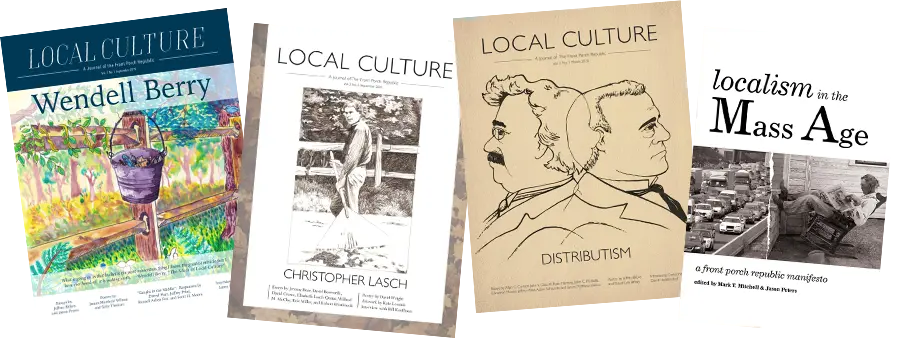I’m pleased to announce that my new book, Authentic Cosmopolitanism: Love, Sin, and Grace in the Christian University, co-authored with Steve Cone, is now out.
From the back cover:
Humans are lovers, and yet a good deal of pedagogical theory, Christian or otherwise, assumes an anthropology at odds with human nature, fixed in a model of humans as “thinking things”. Turning to Augustine, or at least Augustine in conversation with Aquinas, Martin Heidegger, the overlooked Jesuit thinker Bernard Lonergan, and the important contemporary Charles Taylor, this book provides a normative vision for Christian higher education. A phenomenological reappropriation of human subjectivity reveals an authentic order to love, even when damaged by sin, and loves, made authentic by grace, allow the intellectually, morally, and religiously converted person to attain an integral unity. Properly understanding the integral relation between love and the fullness of human life overcomes the split between intellectual and moral formation, allowing transformed subjects -authentic lovers – to live, seek, and work towards the values of a certain kind of cosmopolitanism. Christian universities exist to make cosmopolitans, properly understood, namely, those persons capable of living authentically. In other words, this text gives a full-orbed account of human flourishing, rooted in a phenomenological account of the human as basis for the mission of the university.

